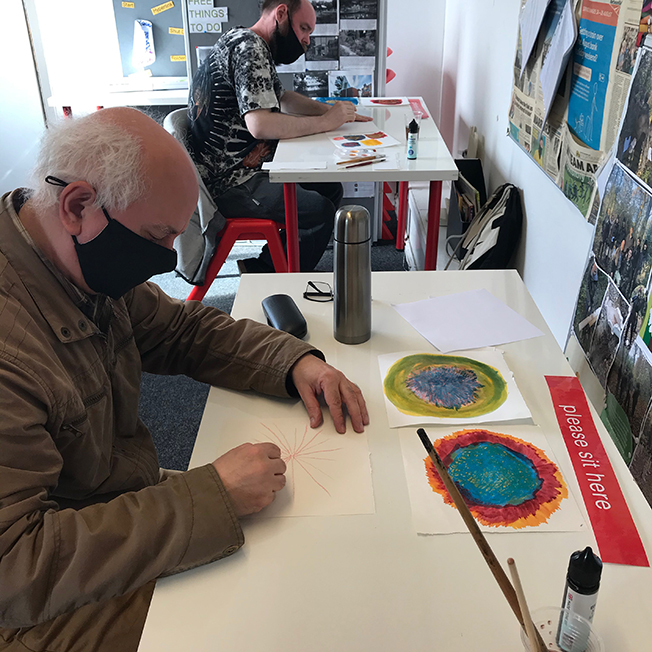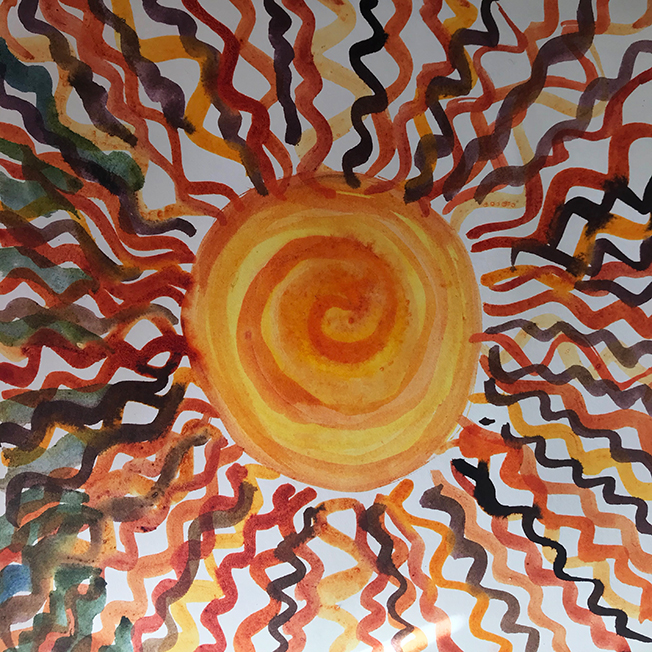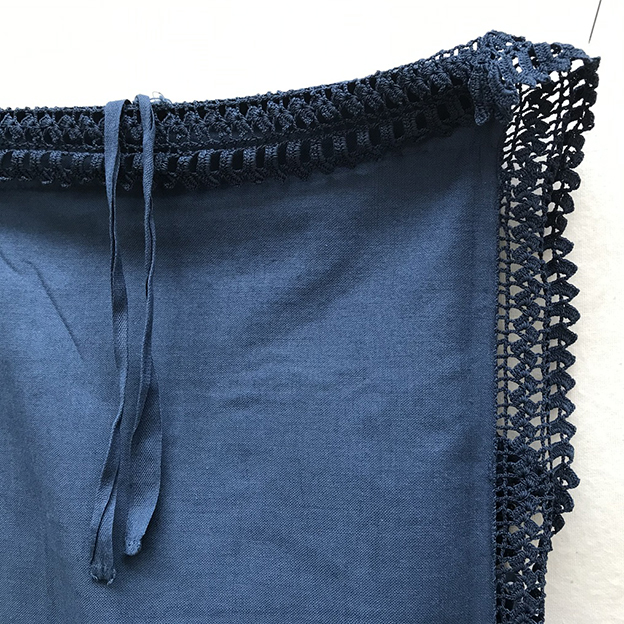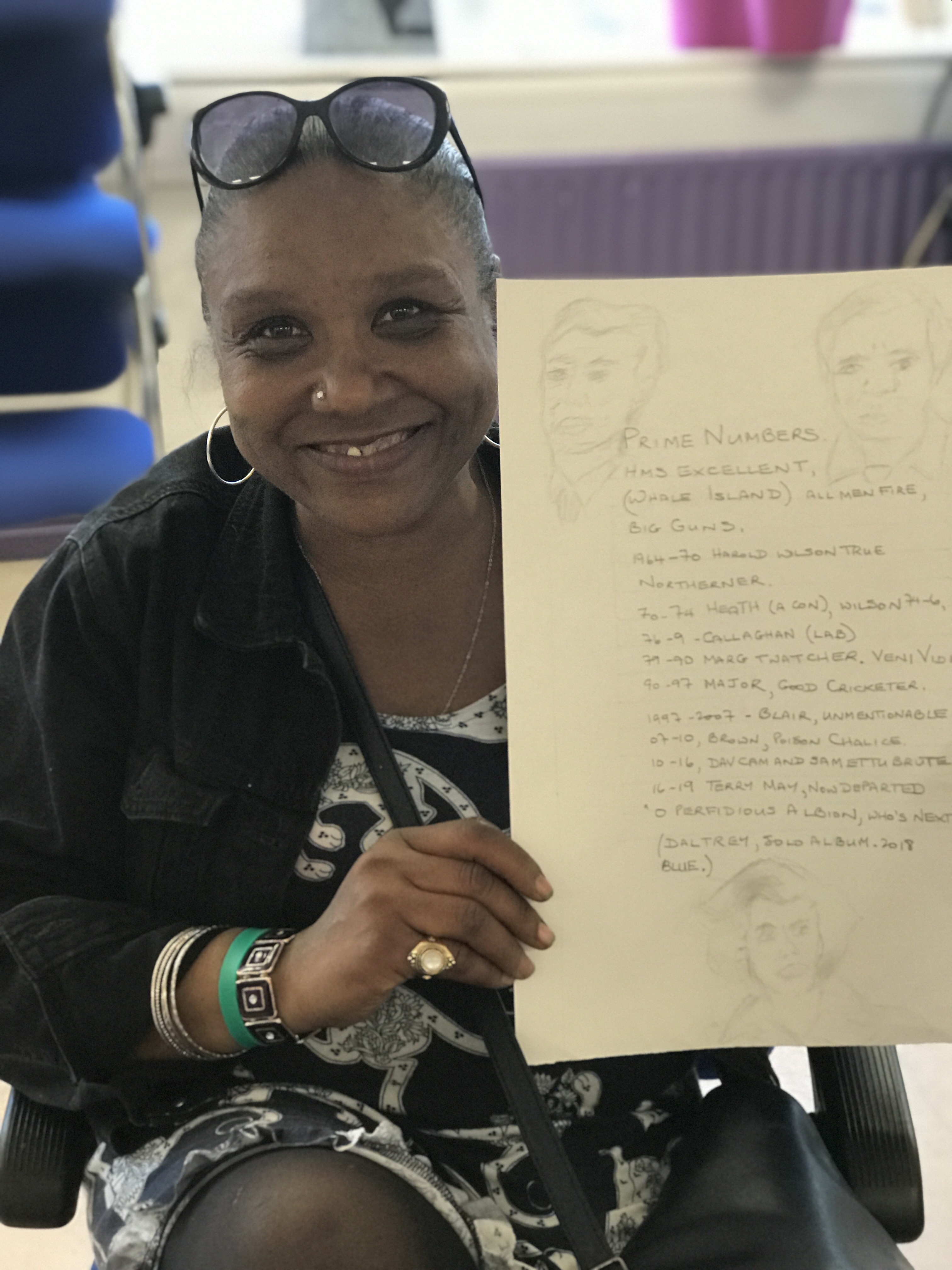| “A piece of history for past, present and future…” arthur+martha CIC will wind up in March 2022, after 15 years making heartfelt artistic collaborations, often with people affected by homelessness or dementia. |
 |
| arthur+martha Community Interest Company (2007-2022) was a long, fruitful partnership – artist Lois Blackburn and poet Philip Davenport, collaborated with marginalised communities in the UK and beyond. The projects were designed to bring joy, comfort and self-expression, challenging social stereotypes and celebrating diverse voices. |
| Standouts include The Homeless Library 2014-17, the first-ever history of British homelessness – told through poems, art and interviews in artist books – exhibited at the Houses of Parliament and Southbank. Kindness 2007-09, showed poetry animations by holocaust survivors on public screens at Piccadilly Railway Station, and BBC Big Screens in Manchester and Liverpool. |
 |
| “This project is both a piece of history and an art piece. I don’t think I’ve ever come across anything like it before. It’s beautiful.” Ann Coffey MP, The Homeless Library Houses of Parliament launch |
| Most recently, A Book of Ours 2018- 2021 was a medieval style illuminated manuscript handmade by over 100 people with experience of homelessness: |
| “This book, here you have our world at your fingertips. Damaged in every bloody way, look at the state of us. We are terrible and we are beautiful.”Chris Keane |
 |
| Quilts were a way of making many-handed work, for example the Bomber’s Moon 2014-17 quilt is a textile artwork that’s both an aerial view of Derbyshire and a war poem. The War Widows’ Quilt 2018-20 brought people together through embroidery to give expression to and raise awareness of War Widows’ experiences: |
| “A piece of history for past, present and future. A quilt of unending love, pain and grief. A quilt of great honour. A true work of art.” Theresa Davidson |
 |
| Art and poetry intertwined, exploring people’s stories. A series of printed publications and ebooks captures some projects, starting with Patience 2009-10, a journey through ill-health and end of life with older people, gathering first-hand depictions of how it feels to be a patient. the warm /&/ the cold (2018) is a poetic epic of homeless lives, young offenders’ stories and a Buddy Club for people with dementia. |
 |
| Not only did arthur+martha challenge societal boundaries, they embraced experimentation and reflected a multiplicity of experiences. The quilts became stitched pages carrying poems that blossomed with rich colours and deep emotion. Oral histories became verse, entwined with drawings, or morphed into songs. The boundaries of participatory and collaborative practice were redrawn, with the belief that participatory art can make a significant artistic contribution to the wider world. |
 |
| Many of the pieces were exhibited at iconic venues, bringing the art and poetry to wide audiences: the Houses of Parliament, Royal Museums Greenwich, Manchester Cathedral, Brighton Dome, Piccadilly Railway Station, Festival Hall, and the National Gallery of Art Lithuania, to name a few. All projects were shared in places and ways that the makers themselves could access and witness. |
 |
| “arthur+martha have been like some turbulent confluence of a river, where great ideas, rich practice and changed lives come together. I’ve long held them up as a polar star, some rich alchemy made physical, and something that researchers don’t need to measure. The work speaks volumes – or rather the people do...”Dr Clive Parkinson |
 |
| THE FUTURE arthur+martha winds up, but the work continues… Lois’s current projects include A Necklace of Stars and Unfolding Beauty, creating hand fans, gathering and inspired by experiences of the menopause from women across the country. |
| Phil will continue to collaborate with the homeless community. Meanwhile, his story of childhood during the violent years in Northern Ireland, with interviews from many others – “an autobiography in many voices” – will be published this year as HIMSELF IN EXILE. |
| The arthur+martha archive of blogs, portfolio, soundtracks and website will remain online, as part of the mostly-unwritten heritage of homelessness and in memory of those whose dementia has made it difficult to speak. |
 |
| The art lives on — and so do the memories of these encounters. Lois and Philip would like to thank everyone who’s supported us. We are grateful to the funders who showed such belief in our work, especially the National Lottery Heritage Fund and Arts Council England. Our work was not only a collaboration with individuals but with organisations whose staff showed extraordinary kindness and lent great insight and skill to all our projects. Most of all we would like to thank the makers of these projects, who took part, sharing their lives and opening up new worlds to all of us… |
| Host and partner organisations:Age UK, Alzheimer’s Society, Arts Derbyshire, Arts and Homelessness International, Back on Track, Big Issue in the North, The Booth Centre, Bury Adult Learning Service, Bury Art Museum, DCC Home Library Service, The Farming Life Centre, Gallery Oldham, Inspiring Change Manchester, Invisible Manchester, Love Creative, M.A.S.H, Manchester Histories Festival, Morris Feinmann Home, Quilters’ Guild, Red Door Housing Concern Centre, Salford University, Socialiniai meno projektai, Springboard Oldham, Stepping Hill Hospital, Tom Harrison House, The War Widows’ Association of Great Britain, The Wellspring. |
| Advisors:Kat Au, Adrienne Brown, Dr Langley Brown, Danny Collins, Amanda Croome,Julia Grime, Kate Hardy, Matt Hill, John Hodgson, Peter Inman, Polly Kaiser, Jeni McConnell, Lawrence McGill, Melanie Miller, Dr Nadine Muller, Dr Clive Parkinson, Matt Peacock, Helen Perkins, Professor Jeffrey C. Robinson, Ieva Petkute, Stephen Raw, Jerome Rothenberg, Dr Caroline Swarbrick, Joy Thorpe, Dr Scott Thurston, David Tovey, Katie Watson. |
 |
| “We tell it from the heart.” Roy, Book of Ours 2022 |
| Philip Davenport and Lois Blackburn aka arthur+martha would like to thank everyone who has joined in and supported our projects since 2007. website, blog, Facebook, Twitter, Flickr and Instagram. |
  |




























